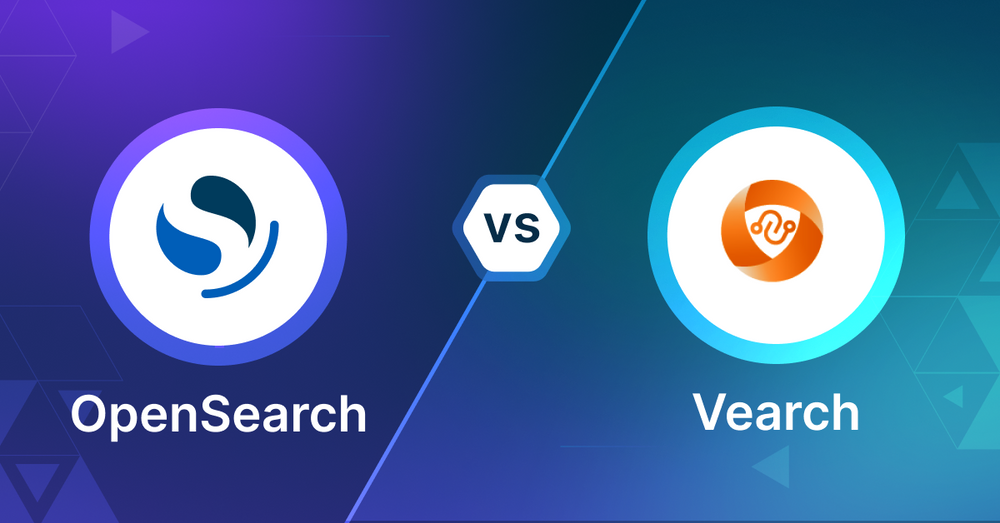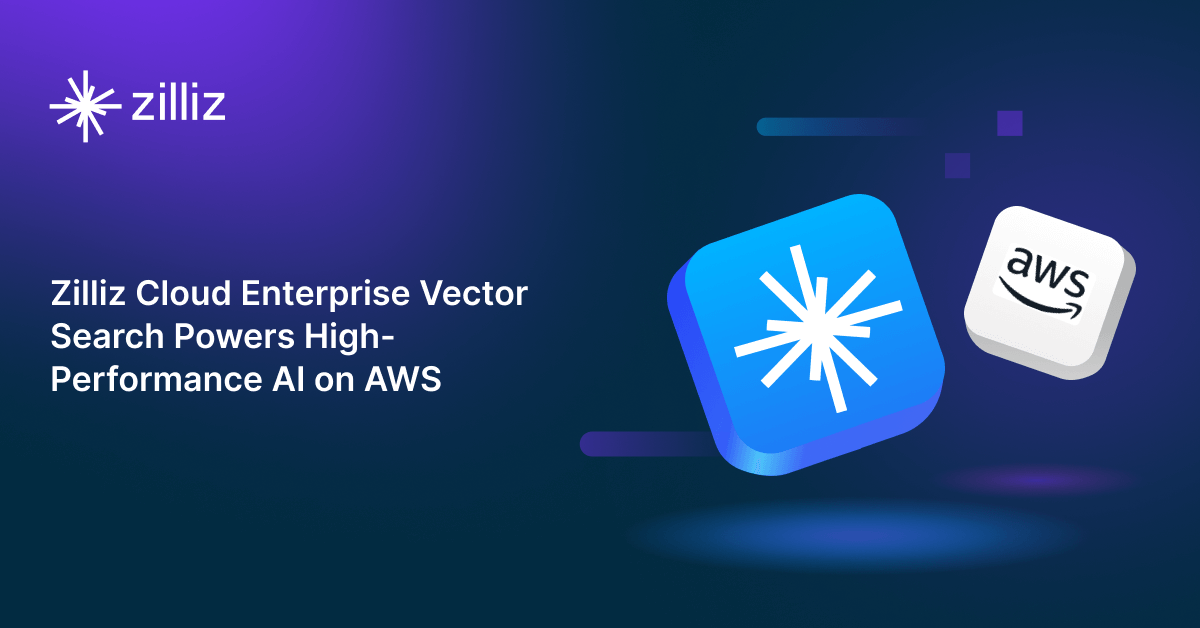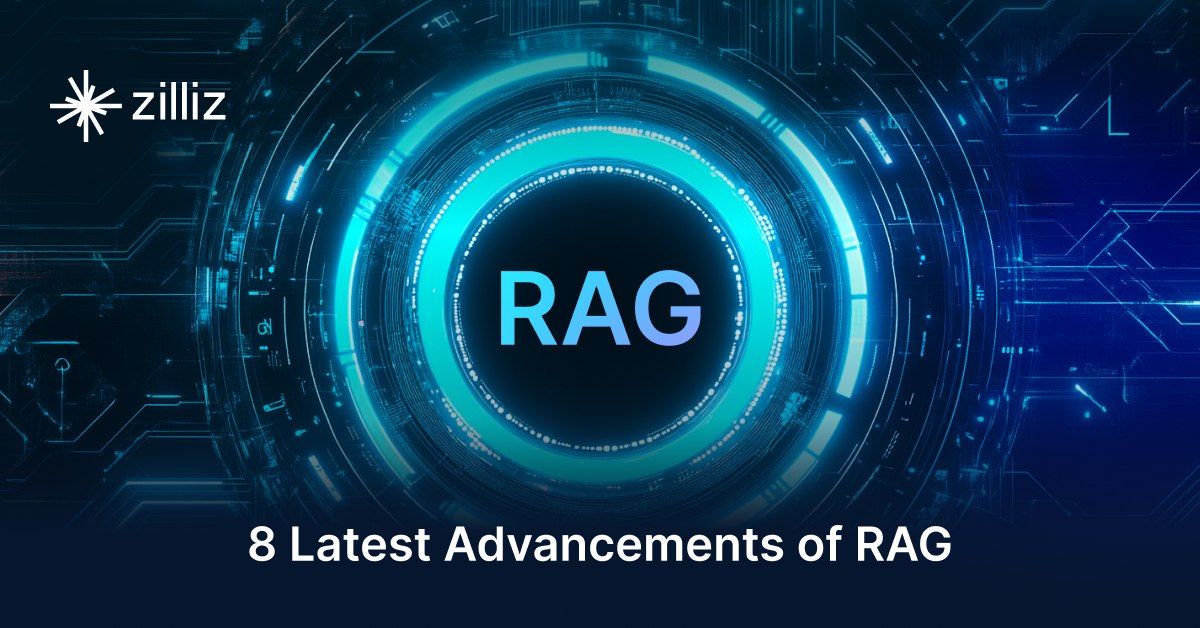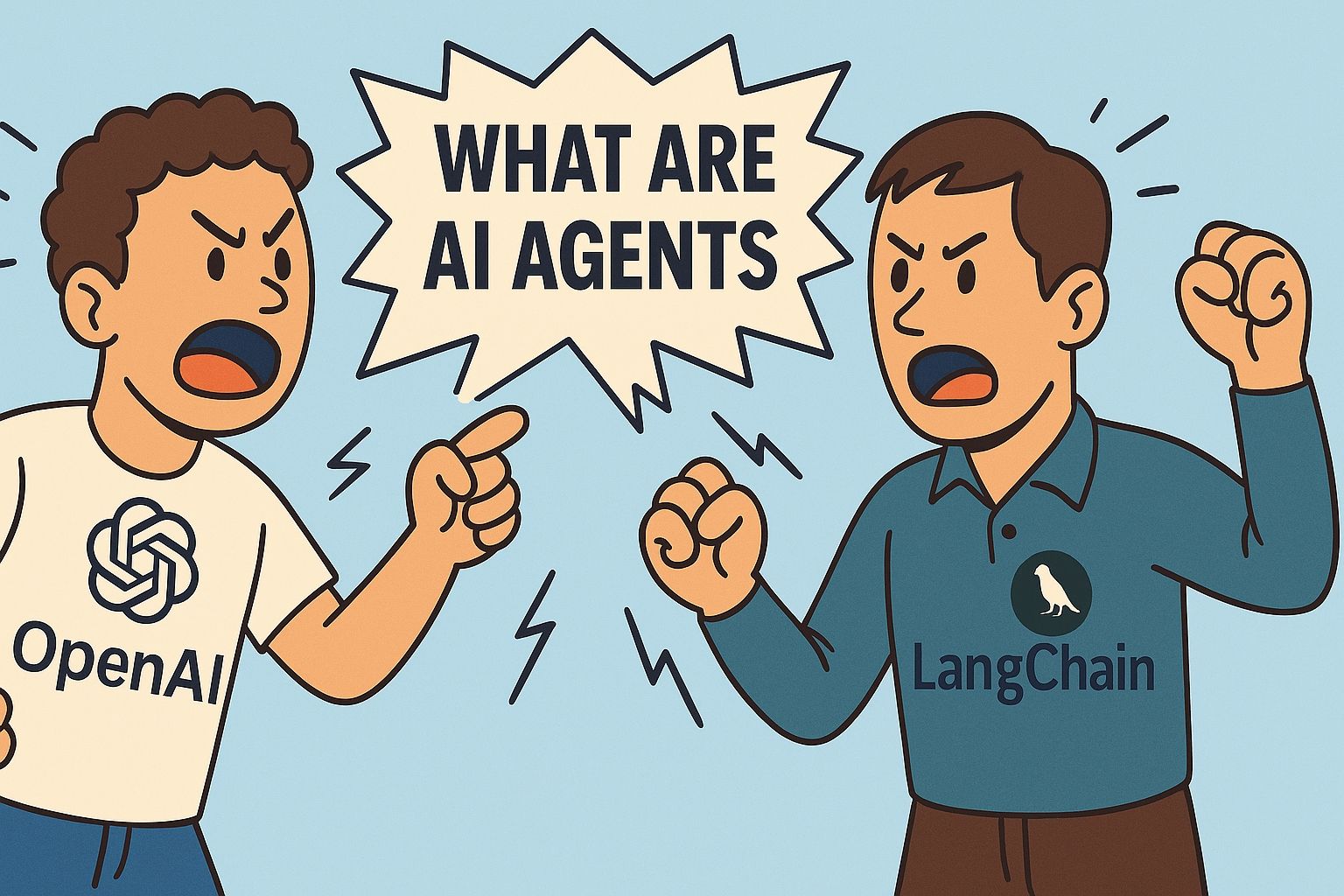OpenSearch vs Vearch: Selecting the Right Database for GenAI Applications

As AI-driven applications evolve, the importance of vector search capabilities in supporting these advancements cannot be overstated. This blog post will discuss two prominent databases with vector search capabilities: OpenSearch and Vearch. Each provides robust capabilities for handling vector search, an essential feature for applications such as recommendation engines, image retrieval, and semantic search. Our goal is to provide developers and engineers with a clear comparison, aiding in the decision of which database best aligns with their specific requirements.
What is a Vector Database?
Before we compare OpenSearch and Vearch, let's first explore the concept of vector databases.
A vector database is specifically designed to store and query high-dimensional vectors, which are numerical representations of unstructured data. These vectors encode complex information, such as the semantic meaning of text, the visual features of images, or product attributes. By enabling efficient similarity searches, vector databases play a pivotal role in AI applications, allowing for more advanced data analysis and retrieval.
Common use cases for vector databases include e-commerce product recommendations, content discovery platforms, anomaly detection in cybersecurity, medical image analysis, and natural language processing (NLP) tasks. They also play a crucial role in Retrieval Augmented Generation (RAG), a technique that enhances the performance of large language models (LLMs) by providing external knowledge to reduce issues like AI hallucinations.
There are many types of vector databases available in the market, including:
- Purpose-built vector databases such as Milvus, Zilliz Cloud (fully managed Milvus)
- Vector search libraries such as Faiss and Annoy.
- Lightweight vector databases such as Chroma and Milvus Lite.
- Traditional databases with vector search add-ons capable of performing small-scale vector searches.
OpenSearch is an open source search and analytics suite with vector search as an add-on; Vearch is a purpose-built vector database.
What is OpenSearch? An Overview
OpenSearch is a robust, open-source search and analytics suite that manages a diverse array of data types, from structured, semi-structured, to unstructured data. Launched in 2021 as a community-driven fork from Elasticsearch and Kibana, this OpenSearch suite includes the OpenSearch data store and search engine, OpenSearch Dashboards for advanced data visualization, and Data Prepper for efficient server-side data collection.
Built on the solid foundation of Apache Lucene, OpenSearch enables highly scalable and efficient full-text searches (keyword search), making it ideal for handling large datasets. With its latest releases, OpenSearch has significantly expanded its search capabilities to include vector search through additional plugins, which is essential for building AI-driven applications. OpenSearch now supports an array of machine learning-powered search methods, including traditional lexical searches, k-nearest neighbors (k-NN), semantic search, multimodal search, neural sparse search, and hybrid search models. These enhancements integrate neural models directly into the search framework, allowing for on-the-fly embedding generation and search at the point of data ingestion. This integration not only streamlines processes but also markedly improves search relevance and efficiency.
Recent updates have further advanced OpenSearch's functionality, introducing features such as disk-optimized vector search, binary quantization, and byte vector encoding in k-NN searches. These additions, along with improvements in machine learning task processing and search query performance, reaffirm OpenSearch as a cutting-edge tool for developers and enterprises aiming to fully leverage their data. Supported by a dynamic and collaborative community, OpenSearch continues to evolve, offering a comprehensive, scalable, and adaptable search and analytics platform that stands out as a top choice for developers needing advanced search capabilities in their applications.
What is Vearch? An Overview
Vearch is a tool for developers building AI applications that need fast and efficient similarity searches. It’s like a supercharged database, but instead of storing regular data, it’s built to handle those tricky vector embeddings that power a lot of modern AI tech.
One of the coolest things about Vearch is its hybrid search. You can search by vectors (think finding similar images or text) and also filter by regular data like numbers or text. So you can do complex searches like “find products like this one, but only in the electronics category and under $500”. It’s fast too - we’re talking searching on a corpus of millions of vectors in milliseconds.
Vearch is designed to grow with your needs. It uses a cluster setup, like a team of computers working together. You have different types of nodes (master, router and partition server) that handle different jobs, from managing metadata to storing and computing data. This allows Vearch to scale out and be reliable as your data grows. You can add more machines to handle more data or traffic without breaking a sweat.
For developers, Vearch has some nice features that make life easier. You can add data to your index in real-time so your search results are always up-to-date. It supports multiple vector fields in a single document which is handy for complex data. There’s also a Python SDK for quick development and testing. Vearch is flexible with indexing methods (IVFPQ and HNSW) and supports both CPU and GPU versions so you can optimise for your specific hardware and use case. Whether you’re building a recommendation system, similar image search or any AI app that needs fast similarity matching, Vearch gives you the tools to make it happen efficiently.
Comparing OpenSearch and Vearch: Key Differences for GenAI
Search Methodology
OpenSearch now incorporates advanced vector search capabilities alongside its traditional text-based search, supporting a variety of machine learning-powered search methods such as k-NN, semantic, and hybrid search models. These enhancements enable efficient handling of AI-driven applications by allowing for dynamic embedding generation and sophisticated search queries directly integrated into the search framework.
Vearch specializes in fast and efficient similarity searches for AI applications, combining vector and traditional data filtering in hybrid searches. This allows complex querying capabilities, such as searching across multiple vector and scalar fields, optimized for rapid retrieval of similar items based on vector embeddings.
Data Handling
OpenSearch manages a wide range of data types including structured, semi-structured, and unstructured data. It is well-equipped to handle large datasets with features like disk-optimized vector search and binary quantization, making it highly adaptable for diverse search and analytic workloads.
Vearch is optimized for vector data, particularly embedding vectors used in machine learning models. It supports complex data structures, allowing multiple vector fields per document and real-time data indexing, ensuring the database remains current and reflective of the latest data.
Scalability and Performance
OpenSearch is designed for high scalability, effectively handling large datasets through distributed computing and providing enhancements that improve both search query performance and machine learning task processing.
Vearch employs a cluster-based architecture with different node types handling specific functions—master, router, and partition server—which enables it to scale out efficiently as data and query demands grow. It supports both CPU and GPU environments, enhancing its adaptability to various hardware setups.
Flexibility and Customization
OpenSearch offers extensive customization through its plugins and a supportive community that continually contributes to its development. This ensures that OpenSearch can be tailored to meet specific application needs and integration requirements.
Vearch provides several indexing methods and the flexibility to optimize search operations based on hardware configurations. It offers a Python SDK for easy integration into development workflows, making it developer-friendly for rapid application development.
Integration and Ecosystem
OpenSearch has a broad integration ecosystem, supported by numerous tools for data visualization, logging, and server-side data collection. Its continued evolution is backed by a dynamic and collaborative community.
Vearch integrates well with modern AI development stacks, offering features like real-time indexing and support for multiple vector fields that are crucial for developers building sophisticated AI applications.
Ease of Use
OpenSearch might have a slightly steeper learning curve due to its extensive functionalities but is well-supported by comprehensive documentation and an active community.
Vearch, with its Python SDK and focus on AI applications, is tailored to be user-friendly for developers working in the AI space, providing tools and features that simplify the development of AI-driven search applications.
Cost Considerations
OpenSearch, as an open-source platform, can be cost-effective, though operational costs can vary widely based on deployment size and complexity.
Vearch is designed to efficiently use resources, potentially offering cost savings in large-scale deployments, especially when leveraging its ability to scale on-demand across CPU and GPU environments.
Security Features
OpenSearch offers robust security features including encryption, role-based access control, and audit trails, ensuring data integrity and compliance.
Vearch details on security are less specified, but it likely incorporates standard security practices to protect data within its distributed architecture.
When to choose OpenSearch and Vearch for GenAI
Choose OpenSearch for GenAI when:
- Comprehensive Search and Analytics Needs: You require a robust platform that can handle full-text search, complex queries, and analytics across a diverse array of data types—structured, semi-structured, and unstructured. OpenSearch is ideal for environments where deep insight and data interaction through search are crucial.
- Real-Time Data Visualization: Your project demands advanced data visualization capabilities integrated directly with search functionality. OpenSearch Dashboards make it an excellent choice for monitoring, analyzing, and visualizing data in real time.
- Scalability with Advanced Search Features: You need a system that scales efficiently while offering advanced search functionalities, including vector search and machine learning-enhanced search methods. OpenSearch's ability to handle large datasets with disk-optimized searches and its dynamic community support make it a versatile option for growing and complex datasets.
- Multi-Purpose Applications: Your application isn't solely focused on vector data but requires a powerful search engine that can integrate multiple data processing and search capabilities in one platform.
Choose Vearch for GenAI when:
- AI-Driven Similarity Search: Your application specifically revolves around fast and efficient similarity searches, such as in recommendation systems or image retrieval systems. Vearch is optimized for handling large volumes of vector data, making it particularly effective for applications that rely heavily on similarity searches.
- Hybrid Search Requirements: You need to perform complex searches that combine vector similarity with traditional data filters. Vearch supports hybrid searches that can filter by vectors and scalar fields simultaneously, ideal for nuanced queries like "find items similar to this but with specific attributes."
- Scalability in AI Applications: Your application requires a database that can scale dynamically as vector data and query volumes grow. Vearch's cluster-based setup and support for both CPU and GPU environments make it highly scalable and efficient for handling massive vector datasets.
- Developer-Friendly for Rapid AI Development: You value quick development cycles and require a system that is easy to integrate and use within AI development workflows. Vearch's Python SDK and flexible indexing options cater specifically to developers working in AI and machine learning, simplifying the integration and maintenance of complex data.
Using Open-source VectorDBBench to Evaluate and Compare Vector Databases on Your Own
VectorDBBench is an open-source benchmarking tool designed for users who require high-performance data storage and retrieval systems, particularly vector databases. This tool allows users to test and compare the performance of different vector database systems such as Milvus and Zilliz Cloud (the managed Milvus) using their own datasets, and determine the most suitable one for their use cases. Using VectorDBBench, users can make informed decisions based on the actual vector database performance rather than relying on marketing claims or anecdotal evidence.
VectorDBBench is written in Python and licensed under the MIT open-source license, meaning anyone can freely use, modify, and distribute it. The tool is actively maintained by a community of developers committed to improving its features and performance.
Download VectorDBBench from its GitHub repository to reproduce our benchmark results or obtain performance results on your own datasets.
Take a quick look at the performance of mainstream vector databases on the VectorDBBench Leaderboard.
Read the following blogs to learn more about vector database evaluation.
Further Resources about VectorDB, GenAI, and ML
- What is a Vector Database?
- What is OpenSearch? An Overview
- What is Vearch? An Overview
- Comparing OpenSearch and Vearch: Key Differences for GenAI
- When to choose OpenSearch and Vearch for GenAI
- Using Open-source VectorDBBench to Evaluate and Compare Vector Databases on Your Own
- Further Resources about VectorDB, GenAI, and ML
Content
Start Free, Scale Easily
Try the fully-managed vector database built for your GenAI applications.
Try Zilliz Cloud for FreeKeep Reading

Zilliz Cloud Enterprise Vector Search Powers High-Performance AI on AWS
Zilliz Cloud delivers blazing-fast, secure vector search on AWS, optimized for AI workloads with AutoIndex, BYOC, and Cardinal engine performance.

8 Latest RAG Advancements Every Developer Should Know
Explore eight advanced RAG variants that can solve real problems you might be facing: slow retrieval, poor context understanding, multimodal data handling, and resource optimization.

What Exactly Are AI Agents? Why OpenAI and LangChain Are Fighting Over Their Definition?
AI agents are software programs powered by artificial intelligence that can perceive their environment, make decisions, and take actions to achieve a goal—often autonomously.
The Definitive Guide to Choosing a Vector Database
Overwhelmed by all the options? Learn key features to look for & how to evaluate with your own data. Choose with confidence.